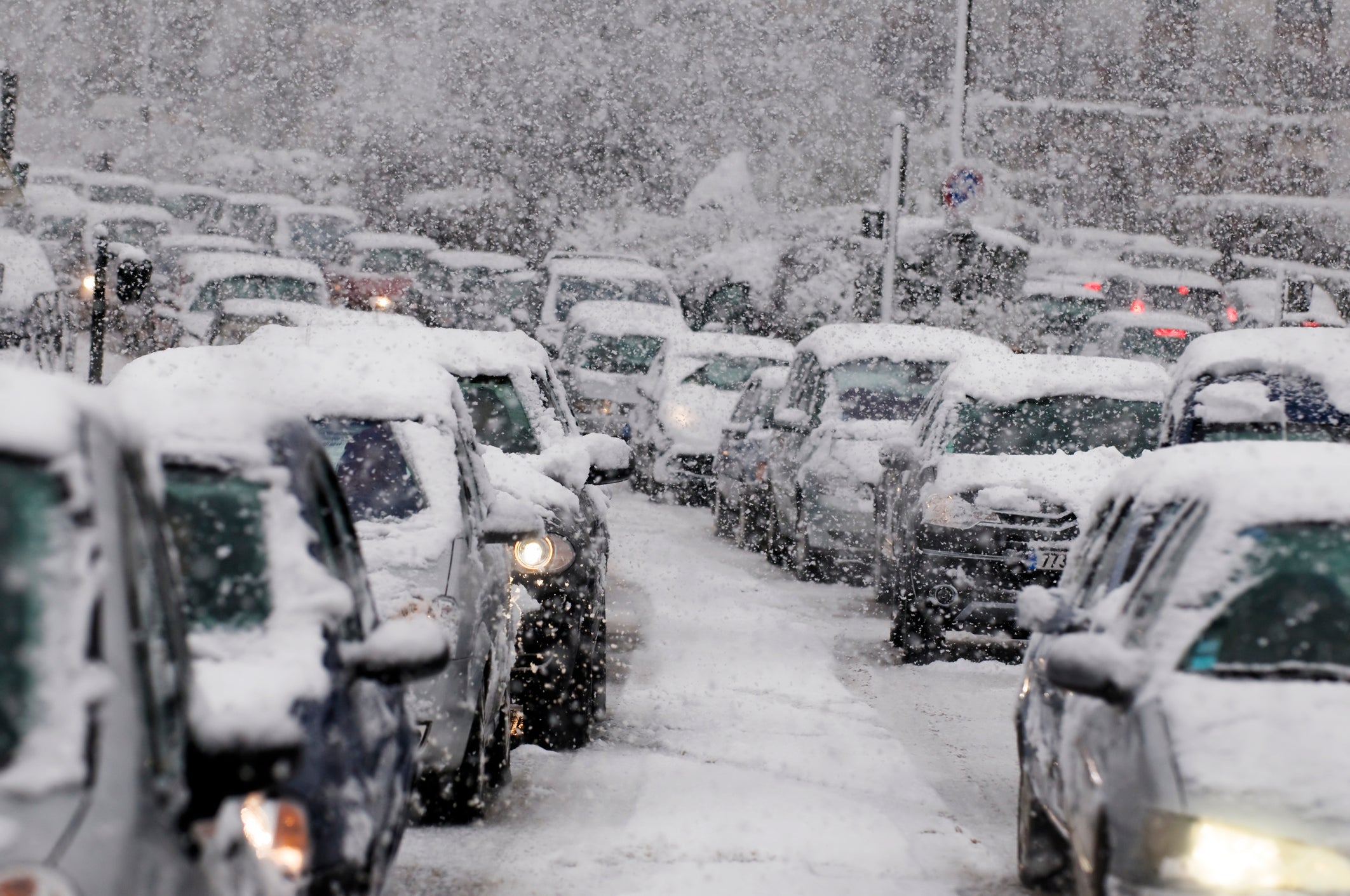Driving in snowy conditions requires a unique set of skills and precautions to ensure safety for both you and others on the road. From adjusting your driving techniques to preparing your vehicle adequately, here's a comprehensive guide on how to navigate through snow safely.
1. Winter-Ready Vehicle:
-
Snow Tires:
- Invest in quality snow tires with proper tread depth for enhanced traction on snow and ice.
-
Antifreeze Levels:
- Ensure your vehicle's antifreeze is at the right level to prevent freezing.
-
Battery Check:
- Confirm that your battery is in good condition, as cold weather can strain it.
-
Brake Inspection:
- Have your brakes checked to ensure optimal performance in slippery conditions.
2. Slow and Steady Driving:
-
Reduced Speed:
- Drive at a slower pace than usual, giving yourself ample time to react to unexpected situations.
-
Gentle Acceleration:
- Apply the gas pedal gently to avoid wheel spin, especially when starting from a stop.
-
Smooth Braking:
- Brake gently to avoid skidding; use the heel-and-toe technique if your vehicle doesn't have antilock brakes.
3. Increased Following Distance:
-
Extended Space:
- Maintain a larger following distance behind the vehicle in front of you. It takes longer to stop on snowy roads.
-
Avoid Tailgating:
- Avoid tailgating to reduce the risk of collisions and allow for safe braking distances.
4. Snowy Road Techniques:
-
Steer Smoothly:
- Make gradual steering adjustments rather than abrupt movements to maintain control.
-
Use Lower Gears:
- If your vehicle has manual transmission, use lower gears to manage speed downhill and prevent skidding.
-
Avoid Cruise Control:
- Do not use cruise control in snowy or icy conditions, as it may lead to loss of control.
5. Visibility Matters:
-
Clear Snow Buildup:
- Regularly clear snow from your vehicle's lights, windows, and roof to maintain optimal visibility.
-
Use Headlights:
- Keep your headlights on to improve visibility for yourself and other drivers.
-
Use Defrosters:
- Utilize front and rear defrosters to prevent fogging and ensure clear windows.
6. Plan and Check Weather Updates:
-
Check Forecast:
- Before heading out, check weather forecasts to be aware of changing conditions.
-
Plan Routes:
- Choose well-traveled routes and inform someone of your expected arrival time.
7. Emergency Kit:
-
Essentials:
- Carry an emergency kit including a blanket, flashlight, extra warm clothing, snacks, and a shovel.
-
Charged Phone:
- Ensure your phone is fully charged before starting your journey.
8. Know Your Brakes:
-
Antilock Brakes (ABS):
- For vehicles with ABS, apply constant, firm pressure on the brake pedal. Do not pump the brakes.
-
Non-ABS Brakes:
- For vehicles without ABS, gently pump the brakes in a controlled manner.
9. Stay Informed:
-
Road Condition Updates:
- Stay informed about road conditions by listening to weather and traffic updates.
-
Avoid Unnecessary Travel:
- If conditions are severe, consider postponing non-essential trips.
10. Practice in Safe Areas:
-
Empty Parking Lots:
- Find an empty parking lot to practice controlled turns and stops in snowy conditions.
-
Get Comfortable:
- Gain confidence in your vehicle's handling in the snow before facing challenging road conditions.
By incorporating these tips into your winter driving routine, you'll be better prepared to handle snow-covered roads and promote safety for yourself and others. Remember, the key is to drive cautiously, stay alert, and adapt to the challenges posed by winter weather.

